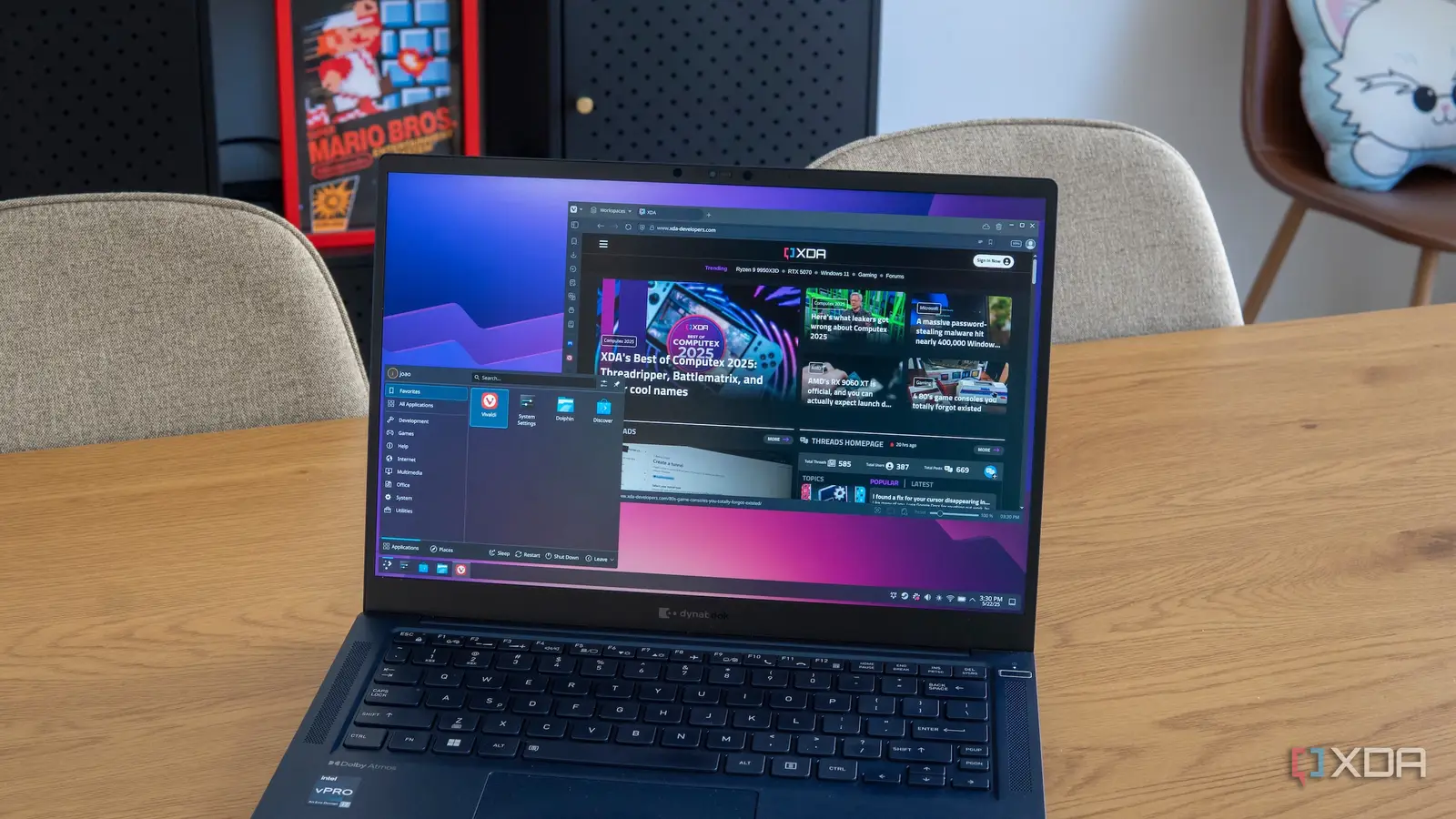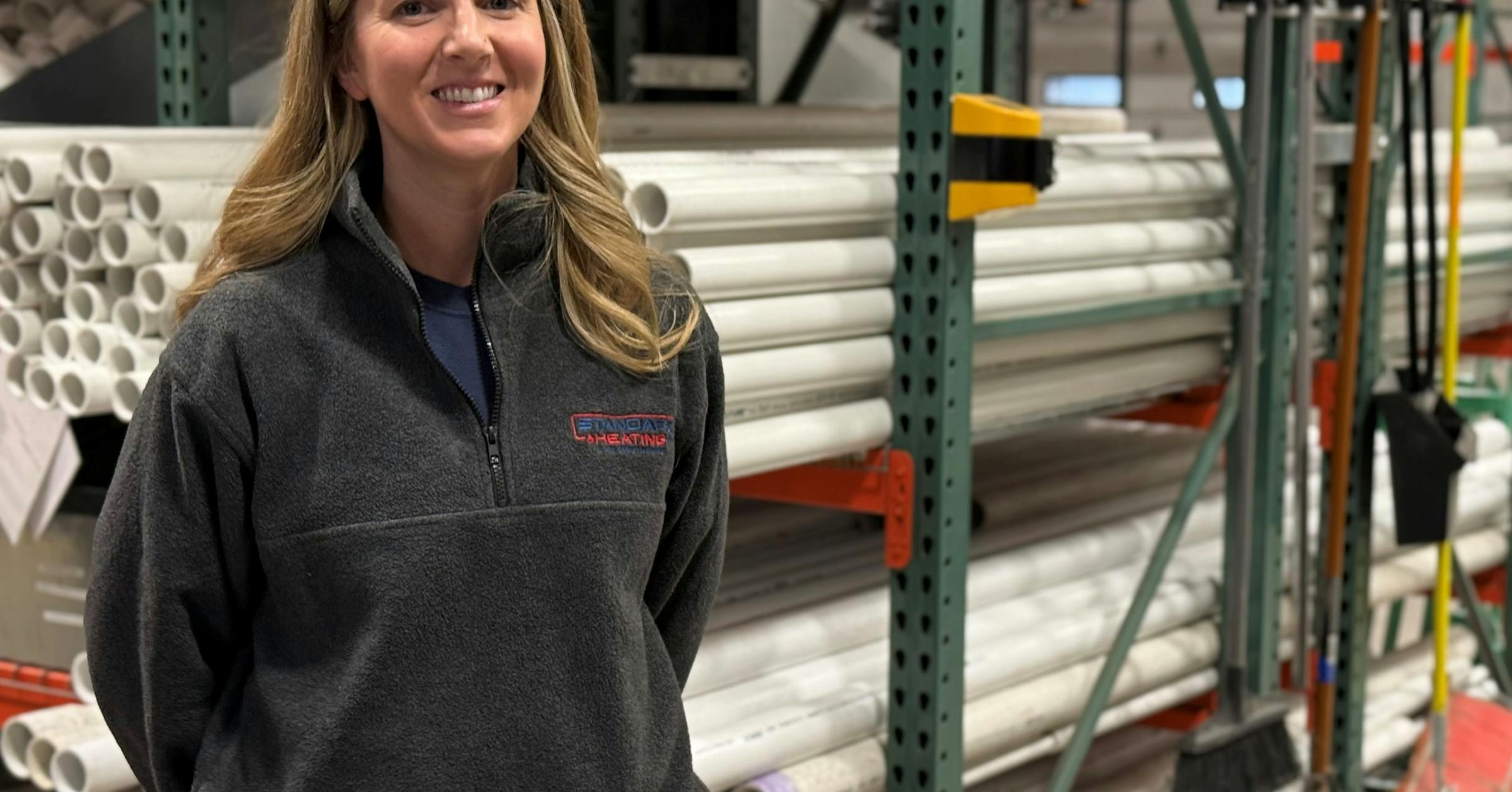Copyright XDA Developers

Arch Linux has always fascinated me from a distance. It is lightweight, endlessly customizable, and unapologetically built for users who want to control every inch of their system. This is certainly a big reason Arch is favored by our own Rich Edmonds. It’s important to note that I’m talking about my daily-use PCs, not my tinkering projects. Arch Linux is a solid bistro for bleeding-edge use cases, and some folks certainly do use it as their daily driver. I, on the other hand, simply will not use it for anything other than experimentation. While I respect the philosophy Arch Linux is built upon, it has never aligned with how I actually use my daily driver PCs. I want an operating system that feels like a reliable partner, not a semester-long course in Linux administration. For that reason, Arch has never been my daily driver, and I doubt it ever will be. Steep learning curve and complex installation Installing Arch feels like doing homework, not computing Every time I look at Arch’s installation guide, I realize how far it is from what I consider a good setup experience. Lord knows I’m not afraid of the terminal; I use it daily for my servers and SBCs. But Arch asks you to handle every detail manually, from partitioning the disk to configuring the bootloader and network stack. That might sound appealing if you enjoy total control, but it also means a small mistake can cost you hours of recovery time. Even experienced users admit the process is more tedious than educational after the first time. There is no friendly graphical installer or recovery safety net to fall back on. The official documentation is excellent, but it assumes you already know what you are doing and rarely pauses to explain why. For me, installation should not be a test of endurance. I would rather spend that time configuring my workflow, not fighting through early setup steps that feel more like an initiation ritual than a learning experience. There are Arch-based distributions that make installation easier, but those are really their own thing. Variants like CachyOS, Garuda, and Manjaro all streamline the process, yet they also add layers of abstraction that move you further from Arch’s original intent. If I am going to use something polished, I would rather go straight to a distro that was designed that way from the start. The idea of taking on a complex setup just to say I run “real Arch” has never appealed to me, and it probably never will. Arch’s rolling release model sounds great in theory. You get the latest software as soon as it is available, often days or weeks ahead of other distributions. In practice, though, those updates can cause unexpected breakage when packages do not play nicely together. I have seen enough reports of systems failing to boot after an upgrade to know it is not a rare occurrence, and I do not want to gamble with my main workstation just to stay current. The issue is not just instability but also the constant need for vigilance. Arch expects you to read news posts and update logs before running a complete system upgrade, as critical changes may require manual fixes. I like to keep my software up to date, but I prefer updates that just work and can be trusted to finish without surprises. The idea of spending every week scanning through documentation to avoid a crash does not fit my workflow or patience level. There is also the mental overhead of knowing your system is constantly in flux. I enjoy having the newest kernel and drivers, but not at the expense of reliability. When I hit “update,” I want confidence that everything will work the same or better than before. That sense of security is something I do not feel Arch can consistently deliver, and it is the biggest reason I avoid it altogether. Ongoing maintenance burden I prefer to use my PC, not maintain it Even if you manage to get Arch running perfectly, the work does not stop there. It is a distribution that rewards constant attention and punishes neglect. You cannot skip updates for long without creating dependency issues or needing to resolve complex conflicts by hand. For someone who values time and efficiency, that kind of maintenance cycle just is not worth it. Many Arch users take pride in this do-it-yourself upkeep, and I respect that dedication. But my goal for a desktop operating system is to help me get things done, not give me a new chore list to manage. If I wanted a system that constantly demanded care and feeding, I would be running experimental builds on spare hardware instead of a workstation I depend on daily. My productivity drops fast when I am chasing broken packages instead of completing actual work, and that trade-off is not one I am willing to make. At the end of the day, an operating system should be a tool, not a hobby that needs regular tending. I already maintain servers, manage containers, and handle updates across my home lab, so I have plenty of technical tinkering to keep me busy. My desktop should not ask for the same level of commitment just to remain stable. When I turn on my computer, I want to create, write, or test new software, not troubleshoot why a package failed to build after an update. Potential trade-off in stability versus fixed release distros Bleeding edge is not always better Arch promises that you are always on the cutting edge. That is exciting if you love testing new software or need the latest kernel for hardware compatibility, and I understand the appeal. But with that freshness comes a level of unpredictability that just does not work for me. I would rather run software that is proven reliable, even if it means waiting a little longer for thoroughly tested updates. Fixed release distributions like Fedora, Ubuntu LTS, and Linux Mint provide a calmer experience. Their updates are tested more thoroughly, so you do not wake up to a broken driver or a dependency issue that halts your workflow. Arch, on the other hand, trades reliability for immediacy, and I am unwilling to make that trade. My time is better spent working or writing, not troubleshooting why a once-stable application no longer starts after an upgrade. It is also worth noting that stability does not mean stagnation. I can still get new software through Flatpak or backports repositories when I need it, without replacing the foundation of my system. That flexibility gives me the best of both worlds: newer tools when I want them and a system that does not surprise me when I do not. Arch may win on delivery speed, but I prefer the peace of mind that comes with consistency. Community expectations and limited support I want help, not homework assignments Arch’s documentation is one of the best in the Linux world, but its community can be a mixed experience. The expectation is that you will read the Arch Wiki before asking for help, and if you have not, you will likely be told to do so. While that philosophy promotes self-sufficiency, it can come across as unwelcoming to anyone who just wants a quick answer or is still learning. I would rather be part of a community that helps me grow, rather than grading my research skills or dismissing a question as too basic. I want help, not homework assignments. A strong community should inspire curiosity, not defensiveness. Even seasoned users have described frustration with the tone of responses in specific support spaces. The underlying message is often that your issue exists because you did not prepare enough or follow the official guidance closely, and that can make newcomers feel unwelcome. That might be true in some cases, but it is not always helpful in the moment when you are simply looking for guidance. Sometimes, collaboration solves problems faster than being told to “re-read the Wiki.” I appreciate the knowledge and passion that Arch users bring, but I prefer environments where troubleshooting feels like teamwork. Fedora’s and Ubuntu’s communities strike that balance better, offering both structure and friendliness. They maintain high technical standards while still being approachable, and that is the kind of culture that keeps me coming back. A strong community should inspire curiosity, not defensiveness, and I have found that spirit elsewhere. Sorry, but I’m not liable to ever use Arch as my primary OS Arch Linux represents the ultimate in user control, and I genuinely respect that. But for me, the constant maintenance, unpredictable updates, and steep expectations outweigh the benefits. I use Linux because it helps me create and experiment, not because I want to constantly rebuild my setup after an update goes wrong or chase obscure dependency errors at midnight. I can't believe I'm saying this, but bleeding edge is not always better. I will trade the newest kernel for a system that works predictably every single day. I admire the people who love Arch for what it is, but I will happily stick with distros that let me focus on what I actually want to do rather than endlessly maintain my operating system.



